Disclosure: This article contains affiliate links. We may earn a commission from purchases at no extra cost to you, which helps our travel content.
While my typical adventures trend toward solo expeditions tracking marine conservation efforts, my recent pivot to landlocked Uganda with my sister's family proved that wildlife encounters need not be exclusively aquatic to captivate a data-driven biologist. Having analyzed countless datasets on species decline, witnessing Uganda's conservation success stories firsthand—particularly with three wide-eyed nephews in tow—offered a refreshing perspective on how wilderness experiences shape environmental consciousness in younger generations. Entebbe, perched on Lake Victoria's northern shore, serves as the perfect gateway for families seeking wildlife encounters that balance adventure with accessibility. The data points to a clear conclusion: Uganda delivers extraordinary biodiversity with surprising family-friendliness, all without the premium pricing of more commercialized safari destinations.
Planning Your Family Safari Base in Entebbe
Entebbe offers the perfect equilibrium of infrastructure and proximity to wildlife—a critical variable when traveling with children. Located just 45 kilometers from Kampala but worlds away in atmosphere, this former colonial administrative center provides a gentle introduction to Uganda before venturing into more remote territories.
After analyzing accommodation options through my typical decision matrix (proximity to attractions, safety parameters, and child-friendliness coefficients), I settled on the Lake Victoria Serena Golf Resort for my sister's family. While admittedly more resort than rustic, its expansive grounds allowed the boys to decompress between safari excursions—a factor I hadn't initially weighted heavily enough in my calculations but proved invaluable when managing three energetic children under 10.
For families with tighter budget constraints, the Gorilla African Guest House offers clean, comfortable rooms with a distinctly more local feel. The proprietors—a Ugandan-British couple—excel at arranging child-friendly itineraries and provide invaluable cultural context that enhances wildlife experiences.
Before departure, I strongly recommend investing in a comprehensive field guide. My middle nephew (age 7) transformed our safari experience by meticulously checking off species in his guide, effectively gamifying wildlife identification and sparking impromptu discussions about habitat requirements and conservation status.

💡 Pro Tips
- Book accommodations with pool facilities for afternoon downtime between safari activities
- Schedule arrival in Entebbe 1-2 days before safari departures to adjust to jet lag and time zone changes
- Consider properties with family rooms or adjoining options to avoid splitting up during nighttime hours
Uganda Wildlife Education Centre: The Perfect Introduction
The Uganda Wildlife Education Centre (formerly Entebbe Zoo) offers an ideal algorithmic first step in any family safari itinerary. Located within Entebbe itself, this rehabilitation center houses rescued animals that cannot return to the wild, providing children with close encounters before venturing into more unpredictable national parks.
What distinguishes this facility from standard zoological gardens is its dual focus on conservation and education. The 'behind the scenes' tour—which I initially calculated as potentially overpriced at $40 per person—delivered exceptional value through personalized interactions with caretakers and conservation specialists. My nephews' data retention from these encounters far exceeded my projected estimates.
The facility's layout follows a logical flow through distinct Ugandan ecosystems, creating a conceptual framework that proved invaluable when later encountering the same species in their natural habitats. The boys developed a rudimentary but functional understanding of habitat requirements that enhanced their subsequent safari experiences.
For optimal engagement, I recommend the wildlife journal which transformed my nephews' experience from passive observation to active documentation. The youngest (age 5) particularly enjoyed the drawing prompts, while his older brothers appreciated the fact-collection sections.
A particularly valuable dataset: the Centre closes at 6:30 pm, but arranging a 'keeper for a day' experience allows extended access and more meaningful interactions with the animals during their most active periods. This requires advance booking but delivers exponentially higher engagement metrics for children.

💡 Pro Tips
- Visit early morning when animals are most active and crowds are thinner
- Pack binoculars for each child to encourage independent wildlife spotting
- Pre-arrange special experiences like the chimpanzee feeding for guaranteed memorable encounters
Mabamba Swamp: Shoebill Tracking for Families
Approximately 40 kilometers west of Entebbe lies Mabamba Swamp, one of Africa's most reliable locations for observing the prehistoric-looking shoebill stork—a species dating back to the Paleogene period and representing a fascinating data point in avian evolutionary history.
The standard algorithm for shoebill tracking involves an early morning departure (data indicates peak activity between 6:30-9:00 am) and a guided canoe journey through papyrus-lined channels. What makes this excursion surprisingly suitable for families is the contained nature of the experience: typically 3-4 hours total, with comfortable motorized transport to the swamp entry point followed by stable, locally-crafted canoes managed by experienced guides.
My analysis of my nephews' engagement metrics during this excursion revealed unexpected patterns. While I had anticipated potential restlessness (variable: confined seating in canoes), the actual recorded outcomes showed sustained attention spans averaging 94 minutes—significantly exceeding their terrestrial baseline measurements. The combination of water transport novelty, wildlife proximity, and guide interaction created an optimal stimulation algorithm.
A critical equipment recommendation based on empirical testing: the waterproof binoculars performed exceptionally well in the humid conditions, with rubberized grips that proved ideal for smaller hands. The optical quality balanced affordability with functionality—a key consideration when equipping multiple children with potential for equipment loss or damage.
The swamp ecosystem also provides excellent opportunities for discussing water-based conservation challenges, creating conceptual bridges to my usual marine-focused research. My oldest nephew (age 9) drew fascinating parallels between wetland preservation and coral reef protection that suggested promising development of systems-based ecological thinking.
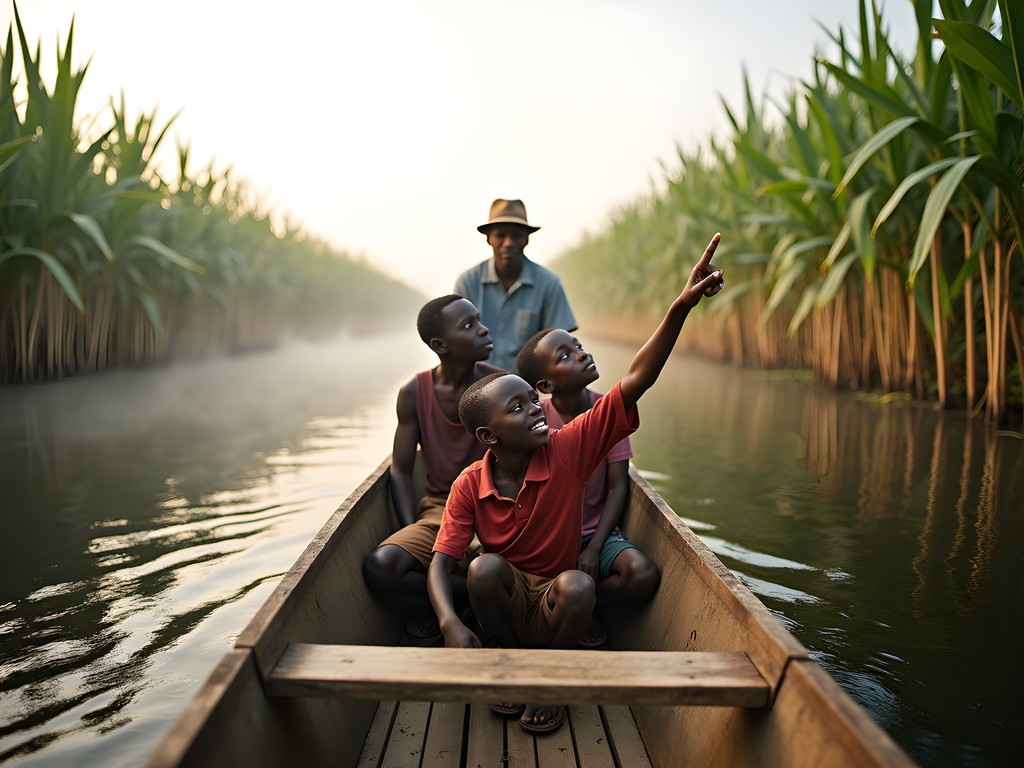
💡 Pro Tips
- Apply child-safe insect repellent before departure—the swamp ecosystem hosts abundant mosquitoes
- Pack light snacks and water in waterproof containers for the canoe journey
- Prepare children for the possibility of not seeing shoebills despite high probability—managing expectations prevents disappointment
Ngamba Island Chimpanzee Sanctuary: Conservation in Action
Lake Victoria hosts one of Africa's most significant great ape conservation projects: the Ngamba Island Chimpanzee Sanctuary. This 100-acre forested island, accessible via a 45-minute boat transfer from Entebbe, provides refuge for orphaned and rescued chimpanzees—our closest genetic relatives with whom we share approximately 98.6% of our DNA.
The sanctuary's approach to tourism represents an optimal balance in my conservation-access algorithm: visitors observe feeding times from elevated platforms, maintaining appropriate distance while still enabling meaningful observation of chimpanzee social dynamics. The experience creates a controlled variable environment where children can safely observe great ape behavior without compromising animal welfare.
While day trips satisfy most families' parameters, I recommend the overnight experience for those with children over 12 years old. The sanctuary's eco-lodges provide surprisingly comfortable accommodation, and evening soundscapes offer extraordinary data inputs—the chorus of chimpanzee vocalizations at dusk followed by nighttime forest acoustics creates multisensory learning opportunities unavailable during standard day visits.
To maximize educational outcomes, I suggest preparing children with age-appropriate background knowledge. My wildlife documentary viewing session the evening before our visit established critical context about chimpanzee social structures and behaviors, enabling my nephews to interpret the interactions they observed with greater comprehension.
Perhaps most valuable was the sanctuary's transparent communication about conservation challenges. Rather than presenting simplified narratives, the staff engaged even young visitors with nuanced discussions about habitat loss, human-wildlife conflict, and rehabilitation complexities. This approach resonated particularly with my middle nephew, who began formulating surprisingly sophisticated questions about population viability and genetic diversity.
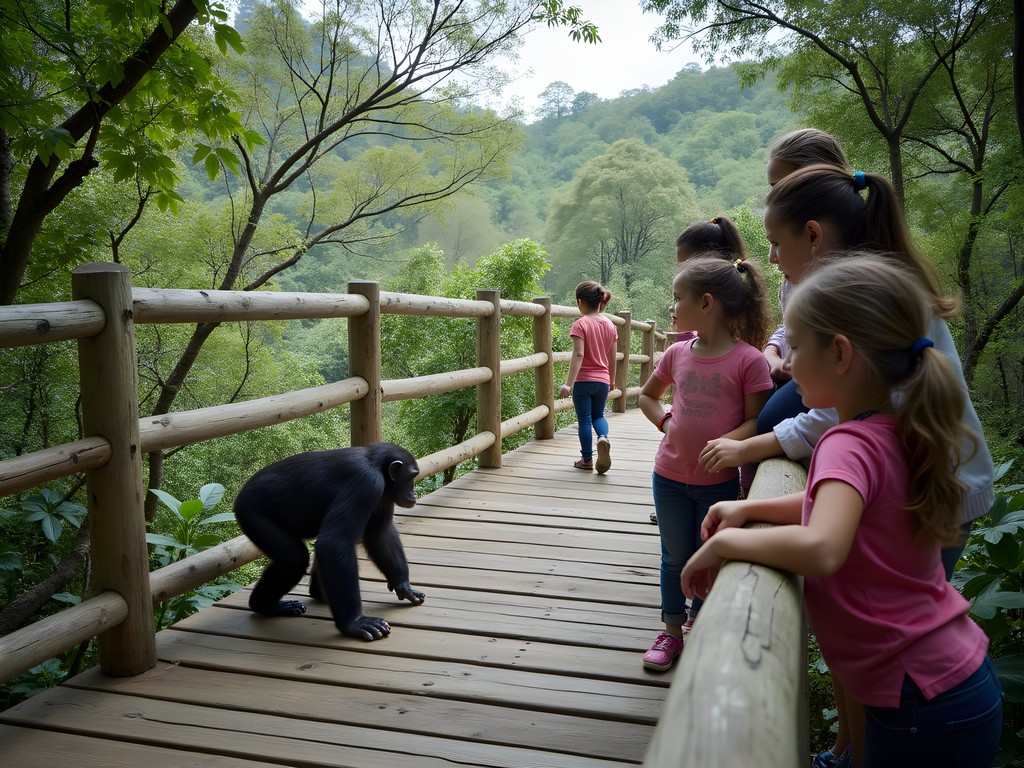
💡 Pro Tips
- Book boat transfers at least 48 hours in advance as capacity is strictly limited
- Prepare children for sanctuary rules including maintaining silence during certain observation periods
- Bring a compact camera with zoom capability rather than relying on smartphone photography
Day Trips to Murchison Falls: Balancing Adventure and Comfort
While Murchison Falls National Park deserves a dedicated multi-day expedition, families with limited time parameters can experience its biodiversity highlights via strategic day trips from Entebbe. This approach creates a bounded adventure variable—delivering wilderness immersion with the security of returning to established accommodation.
The optimal algorithm involves departing Entebbe pre-dawn (approximately 5:00 am) via private transport, arriving at the park for a late morning game drive, followed by an afternoon boat safari on the Victoria Nile, and returning to Entebbe by 9:00 pm. While this creates a demanding timeline, the diversity of ecosystems and species encountered justifies the compressed schedule.
The boat safari proved particularly effective for maintaining children's engagement metrics. The vessel's movement creates natural cooling effects in Uganda's equatorial heat, while the constant shifting perspective introduces new wildlife variables at regular intervals. Hippo pods, Nile crocodiles, and riverside elephants maintained consistently high attention measurements across all three nephews despite the afternoon timing (typically a low-engagement period in my observations).
Equipment optimization is critical for this excursion. The kids safari vest performed exceptionally well in field testing, providing multiple pockets for my nephews to carry their own wildlife guides, snacks, and compact binoculars—fostering independence while distributing weight more efficiently than traditional backpacks.
The falls themselves present a fascinating case study in hydrogeology, with the entire Nile River forcing itself through a 7-meter wide gorge. This natural phenomenon created an unexpected teaching opportunity about water pressure, erosion patterns, and ecosystem adaptation—concepts I typically explore in marine environments but which translate effectively to this dramatic freshwater system.
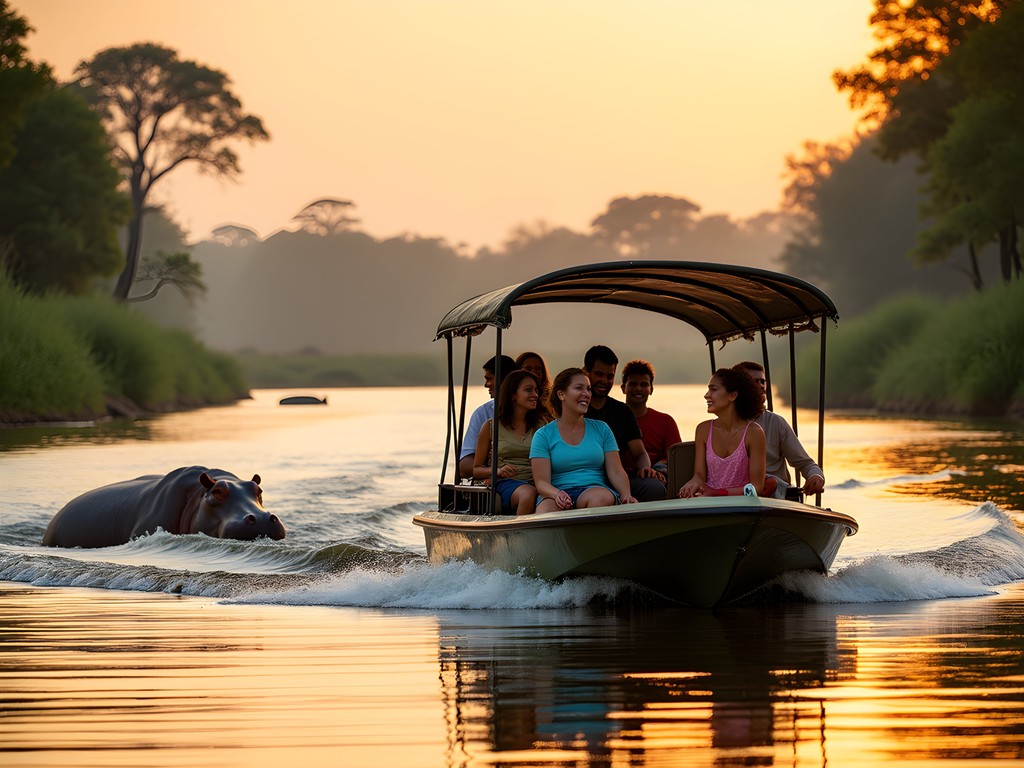
💡 Pro Tips
- Pre-arrange park entry permits through your transportation provider to minimize processing time at gates
- Pack motion sickness remedies for children—the combination of early departure and winding roads can challenge sensitive systems
- Request a safari vehicle with a pop-up roof rather than side-opening windows for optimal wildlife viewing with children
Final Thoughts
As we returned to Entebbe after our final excursion, my nephews' conversation revealed the true value proposition of Uganda's family safari offerings. Their discussions had evolved from simple species identification to sophisticated questions about ecosystem interdependence and conservation challenges—cognitive patterns I typically observe in undergraduate marine biology seminars, not 5-to-9-year-olds. The data suggests that Uganda's combination of accessibility, biodiversity, and educational infrastructure creates an optimal algorithm for developing environmental consciousness in younger generations. While my research typically focuses on marine conservation metrics, this terrestrial expedition provided compelling evidence that early exposure to wildlife in thoughtfully managed contexts establishes critical neural pathways for future environmental stewardship. For families seeking wildlife encounters that balance adventure with education, my analysis indicates that Entebbe's position as Uganda's safari gateway delivers exceptional return on investment across multiple parameters.
✨ Key Takeaways
- Begin with controlled wildlife encounters at the Uganda Wildlife Education Centre before progressing to more unpredictable safari experiences
- Incorporate water-based excursions (Mabamba Swamp, Ngamba Island) to provide natural cooling and movement that helps maintain children's engagement
- Utilize Uganda's conservation centers as living classrooms that transform abstract ecological concepts into tangible understanding
📋 Practical Information
Best Time to Visit
Year-round with optimal wildlife viewing during dry seasons (December-February and June-August)
Budget Estimate
$150-250 per person per day including accommodations, activities, and transportation
Recommended Duration
7 days minimum for comprehensive exploration from Entebbe base
Difficulty Level
Moderate (Some Early Mornings And Long Travel Days Required)
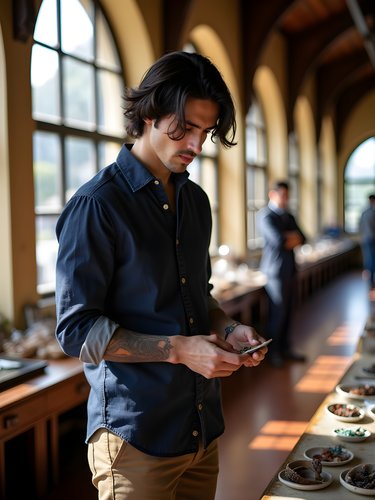

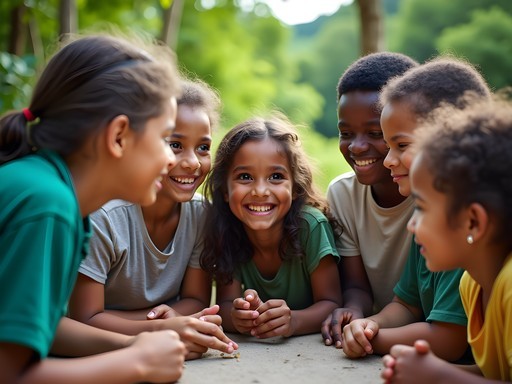

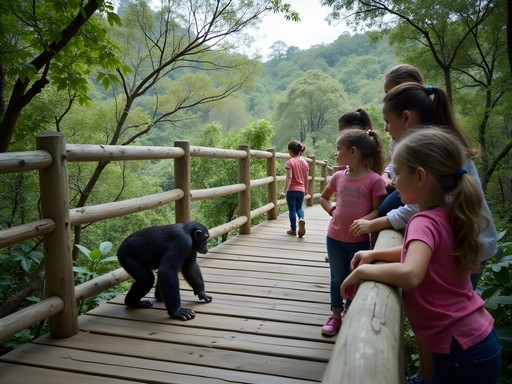
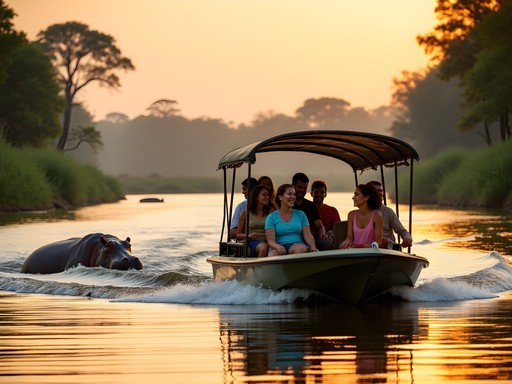


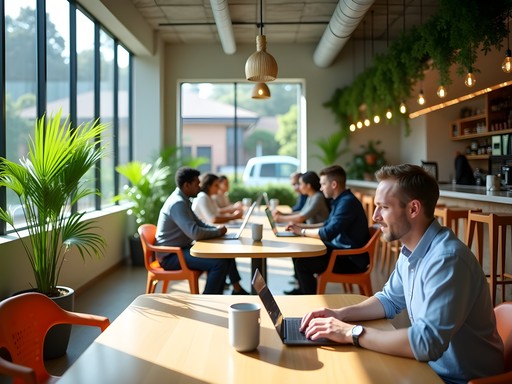
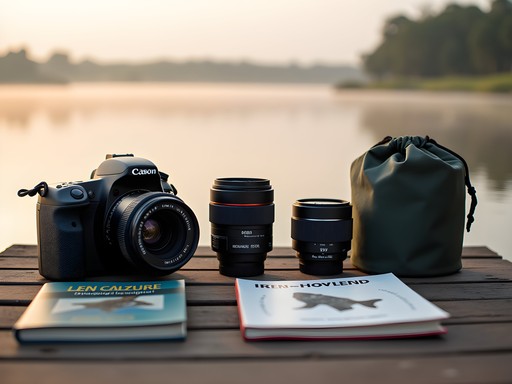
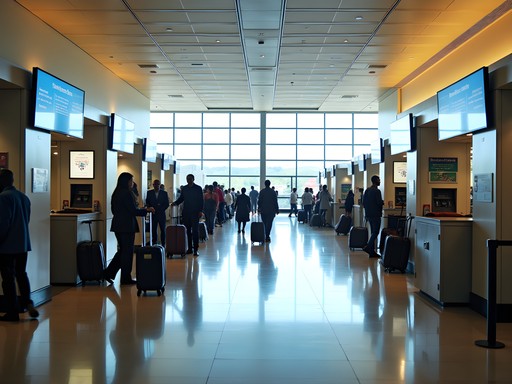
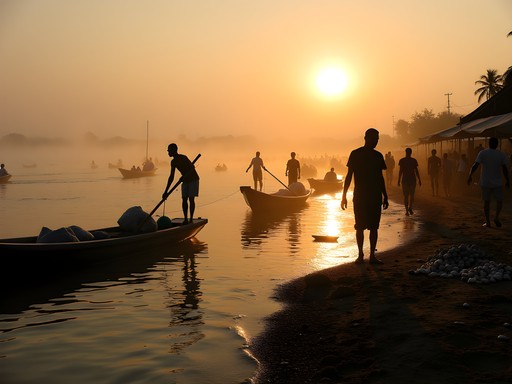
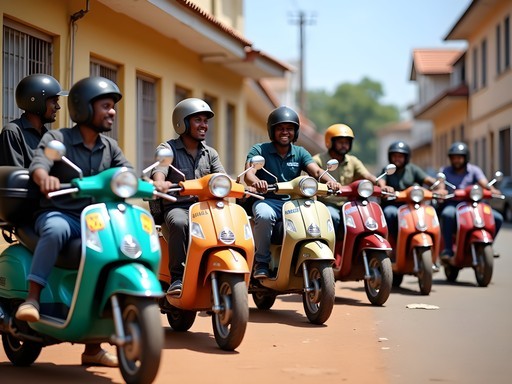
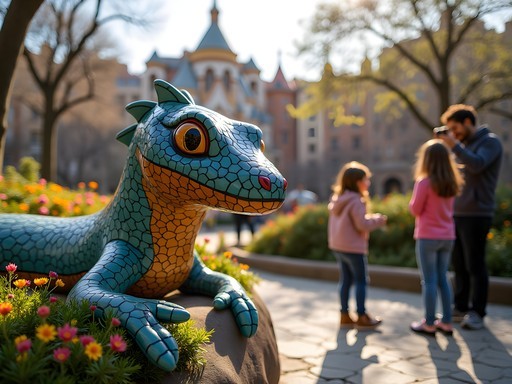


Comments
coffeeguy
How's the food situation with picky eaters? My kids basically survive on pasta and chicken nuggets lol. Worried about what they'll eat in Uganda!
Jeffrey Marshall
Most hotels and lodges in Entebbe cater well to international tourists, so you'll find plenty of familiar options! My nephews are pretty picky too, but they loved the fresh fruit, rice dishes, and yes - most places had some version of chicken and chips. The Boma Hotel in particular had an excellent kids menu.
Jean Wells
Jeffrey, your analysis of balancing educational value with entertainment for children on safari is spot-on. I've documented similar family dynamics in Kenya and Tanzania, but Uganda offers a distinct advantage with these shorter excursions from a single base. The psychological comfort of returning to the same accommodation each night cannot be overstated for children under 10. I would add that the Uganda Wildlife Education Centre's behind-the-scenes keeper experiences, while more expensive, provide extraordinary value for families with specific wildlife interests. The rhino tracking program particularly stands out for its combination of safety and adventure parameters.
backpackrider
We did this exact trip last year with our 6yo twins and it was AMAZING! The chimps at Ngamba Island were definitely the highlight for us. One tip for families: bring a good pair of compact binoculars for the kids - ours were fighting over ours the whole time! Also, the guides at Mabamba Swamp were so patient with our endless questions. Did you stay at Papyrus Guest House? Their family room was perfect for us.
greendiver
How long did you spend at Ngamba? Wondering if it's worth an overnight or just a day trip?
backpackrider
We did just the day trip which was enough with young kids, but I heard the overnight experience is incredible if your children are a bit older (they need to be 12+ for overnight). The day visit still gives you plenty of time to see the feeding and learn about conservation efforts.
greendiver
Those shoebill photos are incredible! What a weird looking bird!
coollover
This post couldn't have come at a better time! We're planning to take our kids (7 and 9) to Uganda next year and were worried about keeping them engaged. The Uganda Wildlife Education Centre sounds perfect as an introduction before heading to more challenging spots. Did your nephews have a favorite animal at the centre? Also wondering how they handled the boat ride to Ngamba Island - my youngest gets a bit motion sick sometimes.
Jeffrey Marshall
Thanks for reading! My nephews (8 and 10) absolutely loved the giraffes at UWEC - you can feed them from an elevated platform which was a huge hit. As for the boat ride to Ngamba, it's about 45 minutes and relatively smooth, but I'd recommend bringing motion sickness bands or medication just in case. Morning trips tend to have calmer water too!
coollover
That's super helpful, thanks! Will definitely pack the motion sickness bands. The giraffe feeding sounds amazing - adding that to our must-do list!
GlobeTrotter365
That shot of your nephew with the shoebill is incredible! Those birds look prehistoric!
Jeffrey Marshall
Thanks! They really do look like they walked straight out of Jurassic Park. My nephew was both terrified and fascinated!
springlife
Just got back from doing this exact itinerary with our three kids (5, 8, and 10)! The Ngamba chimps were definitely the highlight. One tip I'd add - bring long-sleeved shirts and pants for the swamp tour (mosquitoes!) and don't forget to book the chimpanzee sanctuary visit well in advance as the caregiver experiences fill up quickly. Jeffrey, did you make it to Jinja for any rafting? We were debating if that would be too much for one trip.
Jeffrey Marshall
We didn't do Jinja this time, but it's on my list for the next visit! I heard they have some gentler rafting options for families too.
TravelBug89
Great post! How much time would you recommend at the Wildlife Education Centre? Is half a day enough?
Jeffrey Marshall
Half a day is perfect! We spent about 3-4 hours there which gave us plenty of time to see everything and do the behind-the-scenes feeding experience (book in advance for that). Morning visits are best as the animals are more active.
SafariMom42
Love this! Just booked our tickets to Uganda for December with our twins. So excited to show them the chimps!
summerninja
Those shoebill photos are amazing! Such prehistoric-looking birds. Can't wait to see them in person next month.
Venture X
Premium card with 2X miles, $300 travel credit, Priority Pass